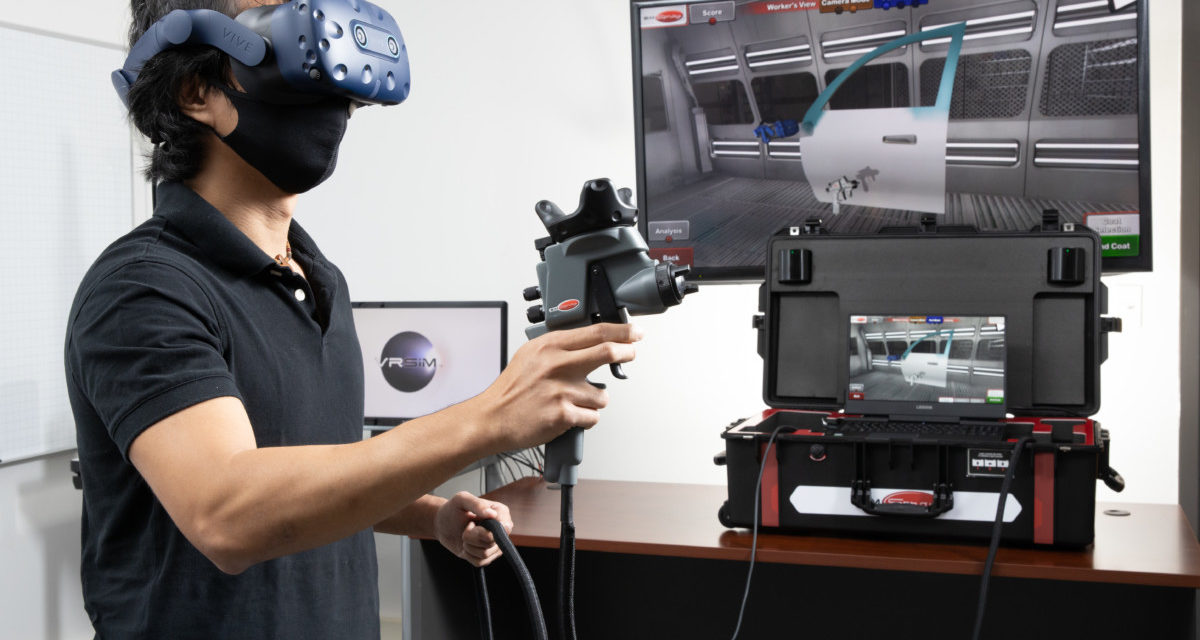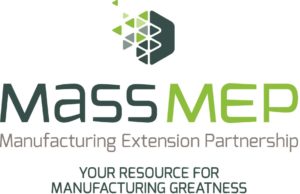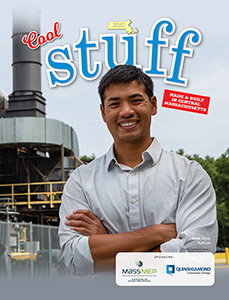As manufacturers incorporate more elaborate technology into their products, younger workers have a built-in advantage.
When the school year starts and Steve Orloski meets his new students, most have no idea what they’re getting into. Orloski is the head of precision machining technology at Emmett O’Brien Technical School in Ansonia and a member of the Connecticut Technical Education and Career System.
The longtime manufacturing educator spends the first few days explaining to his new students what exactly manufacturing is. It’s a different conversation than the one he might have had with his students 20 or even 10 years ago.
“Every year, new kids – I ask them what we do in manufacturing – silence,” Orloski said. “No one knows what it is. And it’s so much different than what it was.”
Zoomers & Millennials’ advantage with technology
Orloski, along with David Tuttle at Platt Technical High School in Milford, is amazed at the speed in which new students are able to pick up manufacturing. But a lot of that has to do, said Tuttle, with the technology and innovation being done in the manufacturing field and how that combines nicely with the daily lives of his students.
“The biggest change has been with computerization,” Tuttle said. “These kids are using some type of technology – whether it’s phones, tablets – whatever it is, in their daily lives. It makes the transition to manufacturing that much smoother. And it has opened a door to have even more females enter the world of manufacturing.”
Ron Angelo, CEO of the Connecticut Center for Advanced Technology, understands a lot of the historical view on manufacturing has focused on dirty, dangerous jobs. But the manufacturing world has changed.
There’s opportunity to use virtual reality, to build helicopters or submarines, state-of-the-art watches or world-class knives, all right in Connecticut. Companies in the state have worked on products that ended up in space and landed on Mars.
“Before you talked about manufacturing – it was stodgy, dirty work,” Angelo said. “Now, there’s a focus on robotics, on automation, on programming. The stuff these manufacturers are working on has ended up on the Mars Rover, has searched the ocean floor and has been a part of a new aircraft.”
Virtual reality and military submarines
Innovation and technology has also been a major focus to enhance manufacturing skills companies are looking to build on – specifically in welding or painting. East Hartford manufacturer VR Sim has taken that to the next level, creating a training tool based in virtual reality.
Matthew Wallace, CEO of the company, considers this training an immersive learning tool that engages manufacturing students and modernizes learning. The virtual reality simulation program creates competition among students as it keeps score and ranks the best players like any other video game.
For those looking for something a little bigger – General Dynamics Electric Boat in Groton – has built nuclear warships and submarines for the U.S. Navy. At its locations in Groton, New London and just over the border in Quonset Point, the company builds, repairs and tests some of the biggest, most vital submarines for the U.S. military arsenal.
Liz Power, spokeswoman for Electric Boat, in Groton the company puts together the submarine and actually tests the massive underwater boats off the coast. The company works on maintenance and modernization of the submarines already active in the Navy fleet. About a 15-minute drive from Groton, the New London facility houses the majority of their engineers who are currently working on the designs for new submarines – including nuclear and attack submarines.
Smart watches and the future of helicopters
On the smaller side, smart watches have become increasingly popular, and the Middlebury manufacturer Timex Group has expanded its technological reach in that realm. The company’s Metropolitan collection is the latest competitor in the smart watch world.
With a battery life of up to 12 days, the Metropolitan can sync and give wearers notifications from social media, text, WhatsApp, email. The water-resistant watch has on-board GPS, optical heart rate sensor, a 24/7 activity and sleep tracker for health and fitness goals.
“This new collection delivers on performance and one of the longest battery life on the market today. The Metropolitan collection for men and women combines the ease of soft touch navigation and performance monitoring, delivering beauty and brains, as is expected for today’s smart watches,” said Shawn Lawson-Cummings, Timex senior vice president for advanced technology and sports.
In Stratford, Sikorsky Aircraft works closely with the U.S. Army in developing and modernizing its fleet of helicopters. Specifically, Sikorsky is working on what the Army calls future vertical lift. The focus of this concept is to create a new rotorcraft that uses new technology, materials, and designs that are quicker, have further range, are more reliable, easier to maintain, and have lower operating costs.
These are just a handful of products and manufacturers doing impressive work in Connecticut. And the focus on technology is why Tuttle encourages more young people to give manufacturing a chance.
“There’s something for everybody,” Tuttle said. “Metal work is an art form. Kids today grew up on technology. They don’t have a few of them. Stuff they’re working on will be put in jet engines or helicopters. It makes a difference.”



